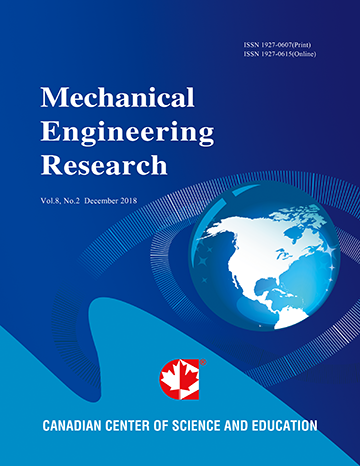Packaging Design, Weld Fatigue analysis and Validation of Diesel Exhaust After-treatment System
- Sonal Nareddiwar
- Tapobrata Dey
- R. Sunilkumar
Abstract
Diesel exhaust after treatment system is usually designed to meet stringent packaging constraints and emission norms. After treatment packaging has critical impact on the overall system efficiency and durability since many components in exhaust systems have welded joints. An after treatment inlet and outlet tube joints, connected to engine outlet and Original Equipment Manufacturer (OEM) tailpipe respectively are subjected to vibrations and bending moment leading to fatigue failure at the inlet/outlet welded joints. It has been observed over the years that the prevailing failure modes in after treatment systems are cracked welds at joints between inlet tubes and flanges, outlet tubes and connecting tailpipes. Fatigue failure is a complex and progressive form of local damage which occurs in welded components of exhaust after-treatment systems. Thus, this fatigue failure needs to be estimated accurately and at the early stage of design to save cost and time. But due to geometrical irregularities, compact packaging design and load transfer conditions, it becomes difficult to estimate accurate fatigue strength of the welded areas. Thus weld fatigue analysis, a high cycle fatigue test to validate inlet/outlet module of exhaust system against dynamic overturning bending moment and to calculate the location of minimum weld fatigue life within the inlet welded joints is performed. Weld fatigue analysis uses advanced fatigue assessment technique, BS 7608, Stress x Life (S x N) approach for accurate and precise estimation of welds. The present work deals with reducing the package volume of the after treatment system by applying different concepts, verifying design robustness by FEA simulation using ANSYS 18.2 and validating the structural durability of the system by testing. The objective of the present work is to estimate the fatigue life of the welded structures precisely and accurately, calculate the threshold bending moment to determine whether the design is robust to the bending moment loads seen over course of its life and make design modifications as per simulation result. Further the FEA and testing results of weld fatigue analysis are correlated.
- Full Text:
 PDF
PDF
- DOI:10.5539/mer.v8n2p36
Contact
- Lenna BaiEditorial Assistant
- mer@ccsenet.org
